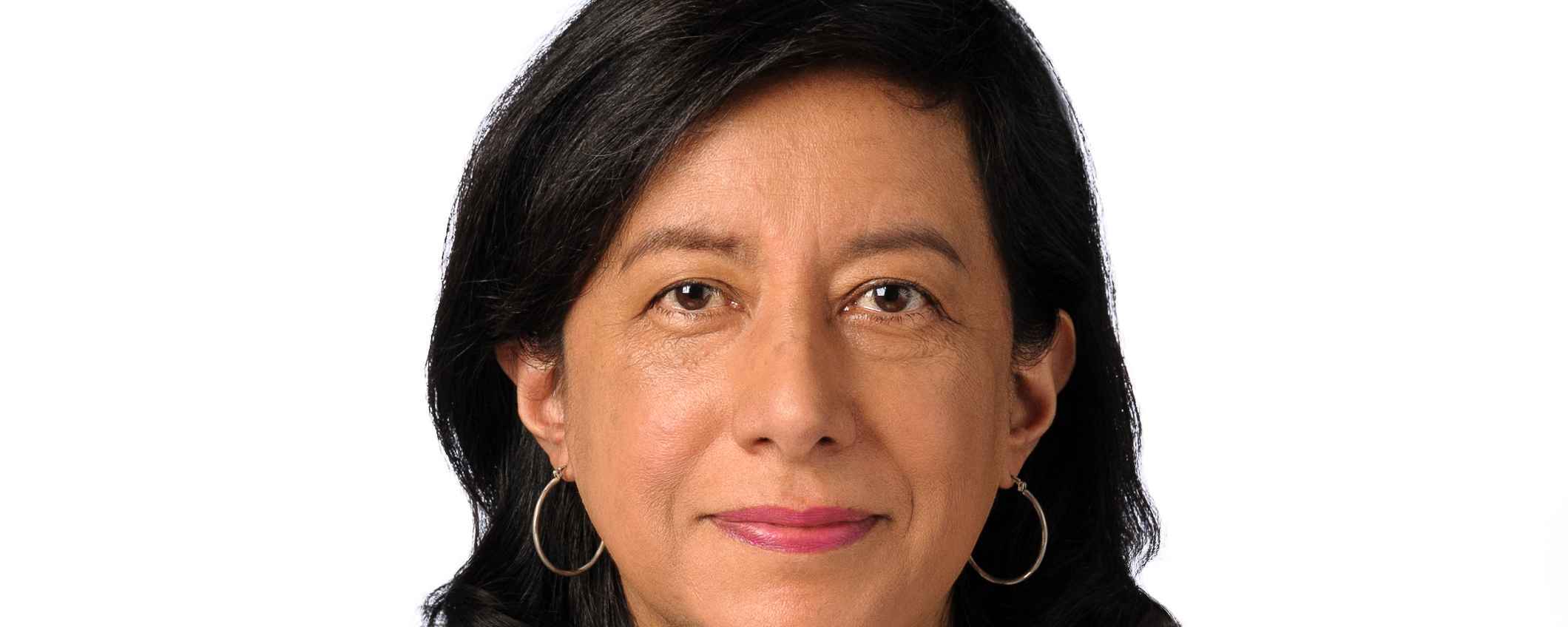Higher food prices are part of a wider worldwide trend that is deteriorating household’s purchasing power. They are fueling protests in several countries in the past few months, including in Spain, Argentina, Peru, and Iran. This is hardly strange, as food prices are now on average 55% higher than at the end of 2019. Long-term problems, including climate shocks, environmental degradation and dysfunctional food systems are part of the cause. At the same time, the risks of food insecurity increased with lockdowns and supply chain disruptions during COVID and are now mounting in countries highly dependent on imports of cereals and wheat from Ukraine and Russia. As such, Egypt, Senegal, Lebanon, and Kenya are struggling to access new markets for staple foods. Until the proper arrangements are made, food shortages remain a threat.
Additionally, fragile economies, including Sri Lanka, are now plunging rapidly into a food crisis, and are asking for food assistance. Many other countries may follow. And where famine was already a problem, the numbers are expected to increase, reaching 11% of the total world population in 2022, up from 8.9% in 2019. Indeed, the hunger situation is even more alarming now in conflict countries, including Somalia, Yemen, Congo Democratic Republic, and Chad.
If we do not take a proactive approach and food shortages take the upper hand, the global spillover effects will be considerable for society and for the environment. If hunger increases, so do migration and environmental degradation resulting from unorderly exploitation of natural resources, while social unrest forces economies to a sudden stop, leading to unemployment and a rapid deterioration of health. There is no quick fix but watching from the sidelines is not an alternative.
What can be done? Some solutions are within hand’s reach, but they are not necessarily easy, and others are more long-term. In the short-run, emergency supplies of grain can be redistributed to the poorest, given that they have the most difficulty in substituting food. Removing Russia’s blockade, which is preventing Ukraine from exporting vital supplies, will not be easy. This will likely require the West lifting some of its sanctions against Russia, perhaps allowing the import of pesticides in return. But more importantly, it requires trust. Because if something goes wrong, the response could be escalation of the war.
Additionally, stopping export bans on food related items and the stocking of certain products by richer countries would help. Currently, export restrictions and trade blockades are increasing, as countries are trying to build inventories in uncertain times. And removing price distortions is beneficial in many cases, as farmers often get wrong price signals because governments choose to soften the impact of higher prices through price controls and other policies. These wrong signals lead to lower investments by farmers, however. On top of that, external financing is drying up for countries that need to import food.
This all needs to change, and soon, because with a global food crisis unrolling, policy mistakes have become more costly. Restrictions on food-related exports are having a cascading effect. As one country announces restrictions, others are following suit, further exacerbating supply problems. At the same time, food importers seek to secure new suppliers, sending prices even higher.In past crises, including the COVID pandemic and the grain price spikes in 2007-2008 and 2010-2011, many countries restricted the trade of food, including grains and vegetable oils. Lately, around 23 countries have implemented export restrictions of some of the key commodities traded in the world.
Solutions that will take more time, include reducing the impact of floods and droughts affecting agriculture, need to be stepped up. Financing and preparedness are critical to reduce climate-related risks and improve the adoption of climate-smart, as well as high-productivity techniques and avoid recurrent food supply shocks.
Financing is limited though, even if the rate of return of adapting to climate change is high. So international financial institutions, including the World Bank, are being called to increase their funding for this purpose. But developing countries need to be better prepared to use financing more effectively and become more climate resilient. It’s not only about showing the money, but also about preparing the population, providing education and access to basic needs to adapt better to change. This is where impact investors have a good understanding on how to direct money and be transformational.
As impact investor, we are contributing to support small famers in emerging markets by financing technological platforms, like Apollo Agriculture in Kenya, that leverage mobile technology, satellite data and machine learning to support subsistence farmers in becoming more profitable and scalable. Or by financing companies that bring together small farmers in Ecuador and Peru that share knowledge on sustainable farming practices to produce high quality products that generate a better price for farmers.
But the needs are immense, and time is ticking, as the demand for food is surging with increasing population growth. More catalytic capital is needed from impact investors, as well as more partnerships to achieve the scale needed to provide sustainable agriculture systems and food that take into account environmental, social, and financial goals.
Learn more about our investment activities in Sustainable Food and Agriculture.

